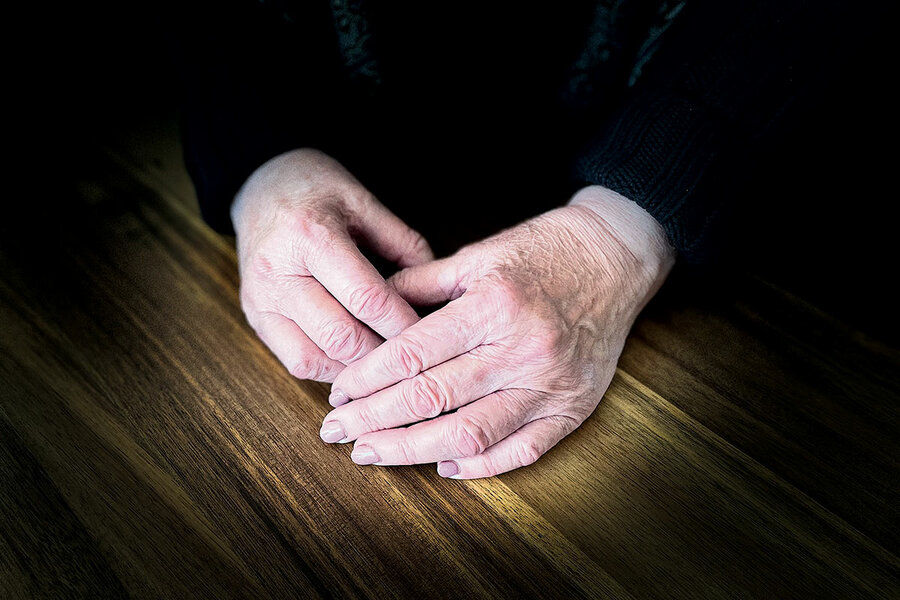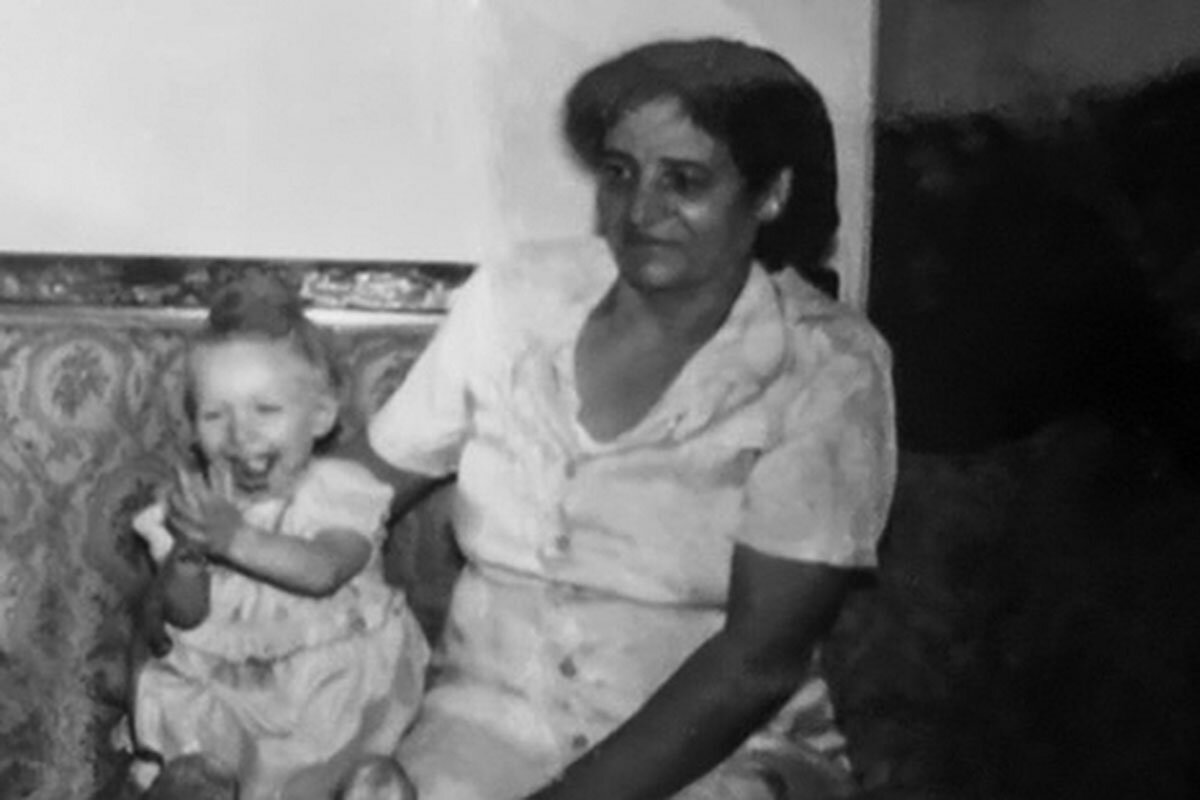The hands that shaped me: My grandma's loving touch
Loading...
Grandma held my hand with a firm but gentle grip on the way to St. Mary’s Church for Sunday Mass. I watched her hands as she reached for her worn, black leather purse to take out a dollar bill for the collection plate. Her hands were worker’s hands – broad palms, sturdy fingers, and short, clipped nails.
I learned a lot about Grandma by watching her at work. I remember her hands gently covering mine as she showed me how to tie my first bow. Whenever I think of her hands, I am filled with a deep appreciation for the hard work and gentle gestures that defined her life.
Grandma immigrated to the United States in 1915 from a small village in Sicily. As an unflagging wife and mother of six who also supported the family bakery, she had a work ethic that was typical of many Italian immigrants.
One day during a visit to her apartment above the bakery that she and Grandpa owned, I sat at the kitchen table while Grandma prepared bread dough. She mixed yeast, warm water, and sugar in a large glass bowl. “Marianna, the yeast is magic,” she would tell me. I saw the mixture come alive as bubbles formed. “Now we add flour to the magic bubbles.” She kept adding flour until the dough formed a ball and then placed it on a flour-dusted board. As I watched her knead the dough, I saw the strength in her hands. She dug her palms into the dough many times over until “it felt right.” She shaped the dough into a large mound, rubbed it with olive oil, and then gently placed it into a large pottery bowl and covered it with a dish towel. She placed the bowl on the table next to the radiator where it was warm and left it to rise.
We moved to the black-and-white-tiled kitchen counter to prepare dinner, where there were two rabbits splayed out from Grandpa’s early morning hunt. They had the earthy smell of raw meat. Grandma grasped a meat cleaver with her right hand and went to work with an authority developed over years of preparing game. After slicing green peppers in half, Grandma chopped onions for rabbit stew. With two hands she scooped the meat pieces, onions, and peppers and tossed them into a large pot with hot olive oil. While the ingredients sizzled, she added garlic cloves into the stew and then placed a lid on the pot.
While the stew simmered, the bread dough grew. The apartment filled with an appetizing aroma. When the dough had risen to the top of the bowl’s edge, she cut the mound into three pieces. With floured hands she rolled each piece like a long snake, but first she gave me my own piece of dough to roll. In the same way that she braided my hair, she braided the three long ropes to form one large loaf of bread. I separated my dough into three small ropes. I watched her hands as she rolled and braided her dough, and then did the same. In a final flourish, she gathered a handful of sesame seeds and sprinkled them between her thumb and fingers like raindrops on the bread loaves.
Her cooking was a pure expression of love. Grandma taught me how to take the simplest ingredients and transform them into a feast to share with loved ones. I now find myself emulating that same loving intention in the kitchen with my family and friends, making simple meals like hers in which one or two ingredients make the meal.
Whenever I chop vegetables or knead bread dough, I feel her next to me watching my hands work the way she taught me. I see how my palms firmly knead and turn bread dough just like hers. My hands now look like hers in the way I curve my fingers and extend my thumb.
The last time I saw Grandma, she was 98 years old and needed a feeding tube. The transfer of nourishment from a hanging plastic bag was an affront to our family’s master cook. For me, it came with a sad realization: We would never cook together in her kitchen again.
When I visited her then, there was a glimmer of recognition in her eyes. I leaned in close to give her a kiss. She reached for me with her hands and placed them on my wet cheeks. She could not speak, yet her hands gently outlined my features with the tender touch that I remembered all those years. First my forehead, then my nose. Her once strong fingers now slowly traced my eyelids. When she reached for my lips, my smile transferred to her.
She was gone the next day.








